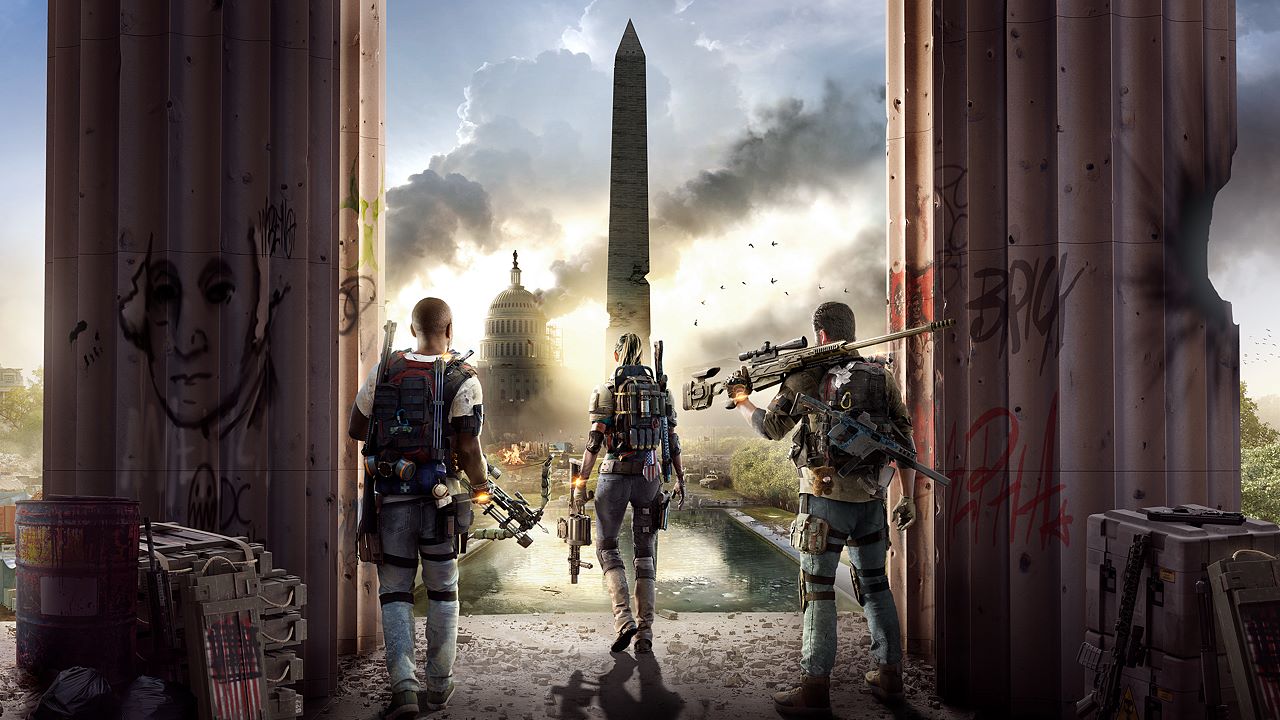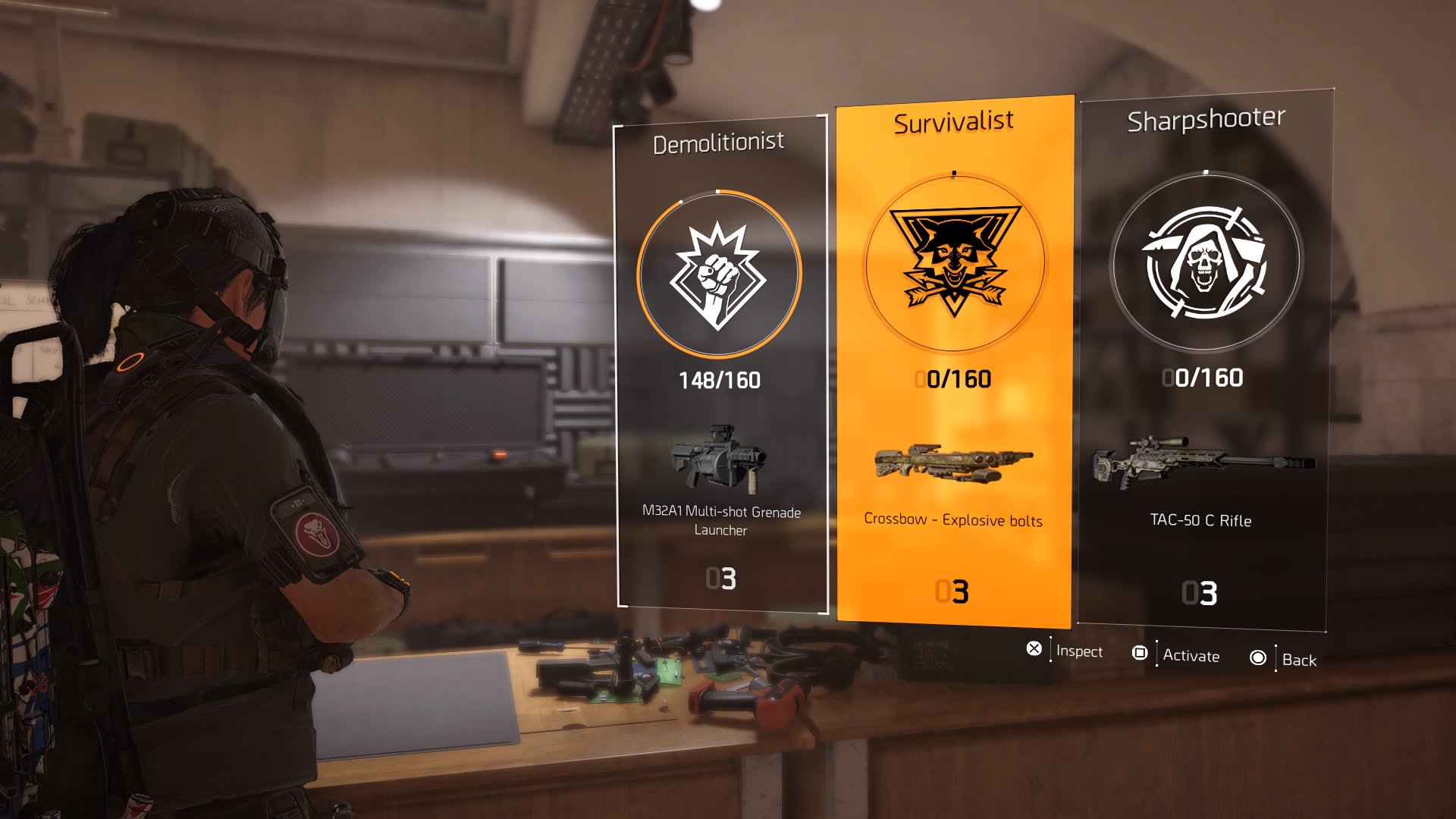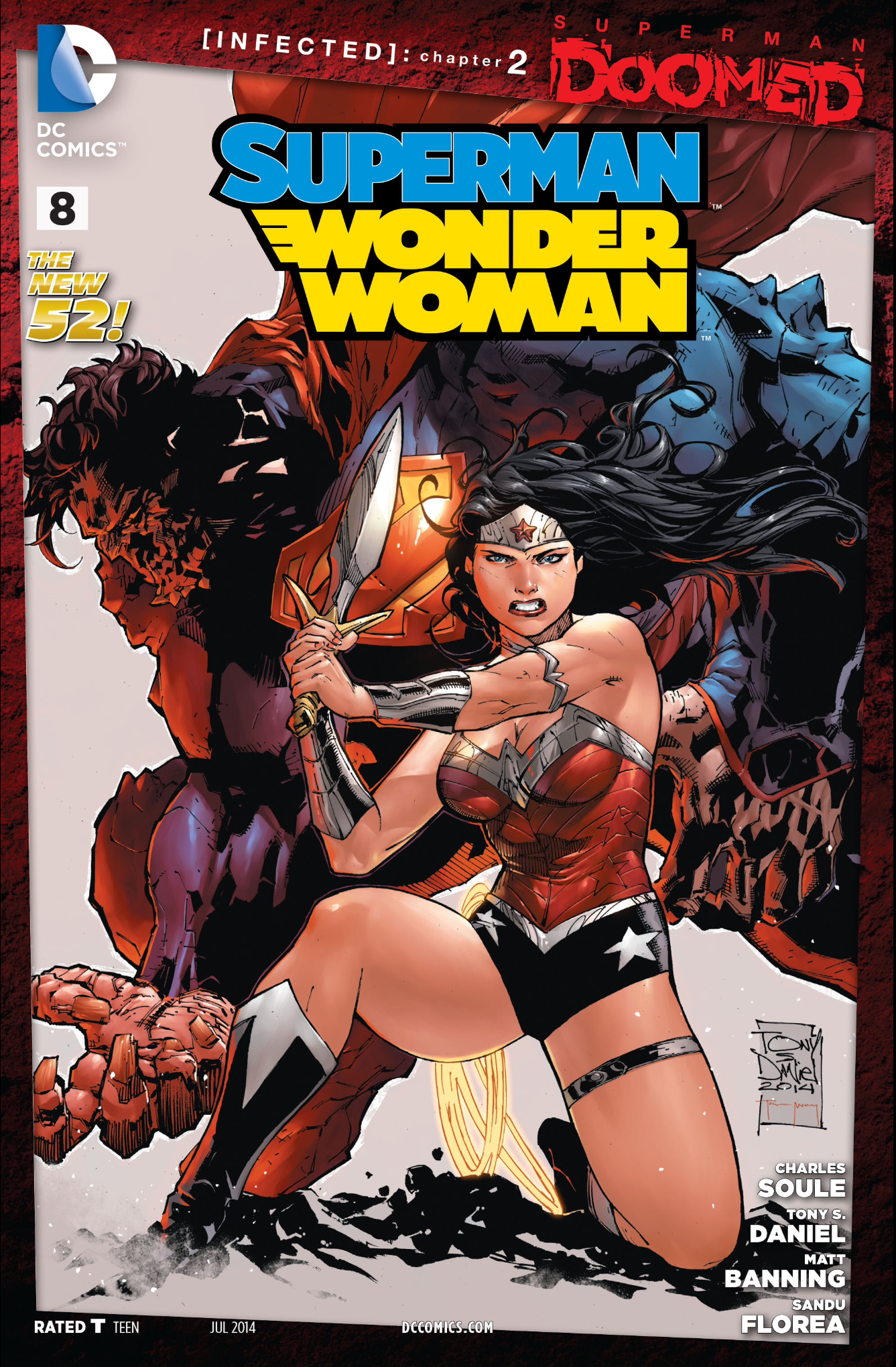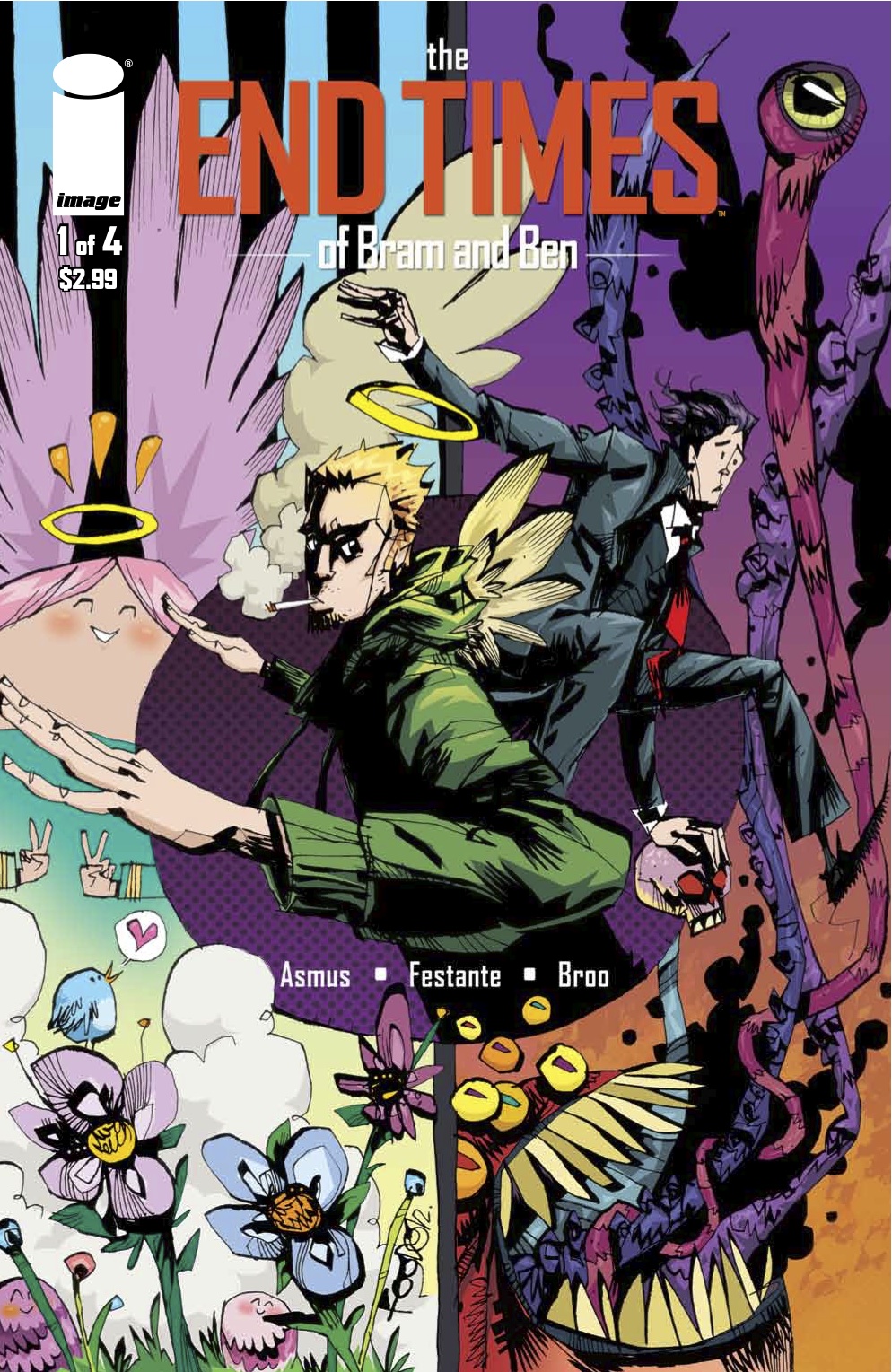Tom Clancy’s The Division is set in the USA in the middle of a crisis after deadly virus called the Dollar Flu is released in New York City on Black Friday with infected bank notes. The resulting collapse of government and society results in lawlessness and militia groups trying to take advantage of the chaos. A group of sleeper agents know as The Division are activated by the President to help bring some semblance of order back to the United States.
My personal journey with the original Tom Clancy’s The Division was one that I can imagine was repeated by many of its player base and likely typical of how many ‘live service’ games have managed their lifespan. With an enjoyable campaign and fun min/maxing RPG elements it was a game I sank hours into, but the endgame on release was thin on the ground content wise and I ended up dropping it for a long while.
However, after a while the endgame was improved with new modes, raids and a much more rewarding grind that brought me back and by the time The Division 2 was announced it was in a really good place even if a lot of the good stuff was sadly hidden behind the dreaded season pass/DLC purchase.
From here on, I’ll refer to The Division 2 as TD2.
As of writing we’ve only had one small (and free, yay! We’ll discuss the game’s slightly confusing approach to new content later) contents update to TD2, so I wanted to get something out there before any major drops happen and review the game before I get chance to play the raid. This review is representative of the game at launch.
The focus in TD2 shifts to Washington D.C. and overall a more enjoyable experience compared to the original game’s map. The Manhattan setting was incredibly well realised and as someone who’s spend a good chunk of time in the city it made me really appreciate the level of detail and care, but as fun as it was to explore it just lacked for variety in terms of areas that are visually unique.
Washington offers a wide range of locales, from The White House being the new Base of Operations and settlements that grow as you progress, to leafy parks and areas of outright destruction where your visibility is restricted due to smoke and embers in the air. Exploring this cityscape is really rewarding visually and there’s an impressive amount to discover and boy howdy is there a whole hell of a lot going on in this map!
The game starts with a slightly more involved character creation screen than we got in TD1 which allows for a little more personality in who you create yet still feels like they deliberately hold you back to ensure you crate something that isn’t too far fetched so you do end up coming across players who look a lot alike early on when in communal areas. That does change later on as you collect new cosmetic items, though.
The pacing here for new players feels much more welcoming as you’re slowly introduced to one skill at a time, needing to open up your secondary weapon slot (which keeps the opening mission super simple, one gun to shoot) early on and gradually easing you into what exactly your character can do. It’s a nicely measured experience that feels very welcoming for players who’re new to the franchise and that’s often a touch that’s overlooked in sequels.
Once the game opens itself up to you, which only takes a few hours, there is a wealth of content for you to dig your teeth into. In some ways for better, in others for worse. The story missions are mostly open to you from the offset and whilst they do have a recommendation as to what level you need to be to survive them, it’s easy enough to end up over levelled for them and go through them without any sense of what order they should be played in. Thankfully (and this is both a plus and a minus for the game!) the story is thin to the point where you just get the general gist of what it is you’re trying to achieve and can play through without paying too much attention. This is definitely beneficial when you’re playing in a group as you’ll invariably end up talking over the exposition but a meatier story to add more weight to what you’re doing is sorely missing.
There’s a whole host of other activities in the open world, from control points that need winning back from enemies, to random events like hostage rescues and taking control of hostile broadcasts. The volume of things to do is very impressive and indicative of a developer in Ubisoft Massive that’s really paid attention to the issues TD1 had and worked to consciously make sure they weren’t repeated. New mechanics and activities are introduced as you level up and complete missions which keeps the game feeling fresh and adds an extra sense of being rewarded.
Missions and side missions are all nicely varied. The difference in aesthetics from mission to mission is marked and a few are an outright feast visually which came as a really pleasant surprise. Mechanically you’ll rarely be asked to do anything in a mission that’s radically new, but they’re built so well that the vast majority are fun to play through multiple times with little secrets and rewards to discover in some.
There’s an outright PVP mode included which I’ll be honest and say that I’m yet to explore called Conflict. There’s also the return of the “PvEvP” areas called The Dark Zone, that have been reworked a little to make them more welcoming whilst still retaining that sense that any other player you come across could turn on you and steal your loot. This time there are three separate DZ areas and there’s a nice additional change to them once you hit the endgame that makes one area more perilous and rewarding as a result.
The big difference here is in the fact that players have to declare themselves as rogue before being able to damage you, it’s not a huge change to the DZ mechanics but is beneficial in that you’ll get at least a small warning if a rogue agent is nearby. I think that change has proven divisive among the player base, but I don’t feel that it radically changes things to the detriment of the DZ. One other addition that levels the playing field is the introduction of stat normalisation, which essentially removes the boosts from any perks you may have and allows for a much more fair experience when entering a PvP encounter.
The playing of TD2 is where it really shines. Shooting mechanics feel incredibly well refined and can be tweaked to your tastes with sensitivity settings, finding that gun that perfectly suits your play style and modding it into a perfectly balanced machine of death feels very, very good.
There’s a deceptively deep RPG min/maxing element here for those who wish to explore it that is leaned into much earlier on in TD2 than it was in the original. You can begin to tailor your load-out to a specific skill set early on, for example I set about trying to add as many perks to deal extra damage to elite level enemies. Armour pieces have talents and one adds a +15% damage boost to your damage output to elites, at one point I’d hit over 90% more damage to them which made boss battles a lot easier! It’s a great level of depth that is made all the better when playing with others who can go about creating a load-out that complements yours.
The skills you get to play with here, some new and some old, are impressive and each one will have a modification that will no doubt make them useful to most. For example, the turret now has 4 variants: Assault, Incinerator, Sniper and Artillery (which is a post-endgame variant) and each of those can work well alone or be used in conjunction with another skill to make a powerful suite of attacking options that really feel like they can turn a fight your way as opposed to just being a nuisance to enemies.
I’m currently running with the assault variant of the turret, which just simply fires bullets at enemies at random until you specify one. I’ve coupled that with the new chem launcher fire starter variant, which fires a cloud of flammable gas that ignites when a bullet hits it. Mix these two skills together and you’ll be incinerating enemies and causing chaos!
So what of the dreaded post-endgame?! An area where so many live service games (TD1 at launch included) have fallen flat. In many ways this is where the game truly comes into its own. What I’m about to say is in no way a spoiler as this was all outlined by the developers before release, so worry not!
After completing the campaign, a new faction arrives called the Black Tusk bringing about new versions of the missions and strongholds called “invaded missions.” I went into them expecting the missions to play through exactly the same but with new enemies and I was surprised that it’s not the case. They aren’t radically different but it makes for a good way to freshen up the missions with enemies that pose a different threat and offer higher level rewards including gear set pieces. As you complete these missions you’ll open up invaded strongholds, defeat these and the enemies will reinforce themselves bringing about a new “world tier” (the max is currently world tier 5) and get even more tough, TD2 keeps refreshing the challenge you face and makes things more tricky for you really well in this way.
You also get three new skill trees to play with access to the specialisations which are a new and really fun feature to TD2. You can choose from Demolitionist with a grenade launcher, Survivalist with a crossbow and Sharpshooter with a sniper rifle. Each type has it’s own skill tree that can be used to unlock perks that’ll be active when using that specialisation. You can turn yourself into an absolute powerhouse with the Demolitionist’s perks to boost LMG and SMG damage as well as other perks to gain by spending points gained by beating missions. I was pleased to find out that you can switch between the specialisations at will which is a great touch and adds real longevity to the use of these skills.
All in all, TD2 is an incredibly impressive suite of missions, modes and activities that make for arguably the most well fleshed out live service game from launch in recent times and one that has kept me massively entertained and engrossed for the near 6 days I’ve spent with it so far. With new content coming that is free for all, even though it’s made incredibly confusing by the year pass which essentially gives people one week’s early access to new content and some cosmetic items, but that was poorly explained by Ubisoft which I can imagine put some off the game. With all that, TD2 looks like having some serious legs for the foreseeable future.
There are some minor issues that remain from TD1 that I was hoping would be refined, the inventory system takes some real getting used to and sometimes navigates in a way that can be somewhat frustrating and overly time consuming. It’s nice to see a clan system introduced, yet unless you’re a clan with huge numbers of members it’s very difficult for them to become truly rewarding. Those are nothing more than quality of life issues in a game that otherwise feels like an incredibly accomplished, well thought out and substantial offering from a developer who’s efforts in correcting the wrongs of TD1 are to applauded. Oh and yes, TD2 is most certainly a game that you can get many, many hours from when playing solo!















